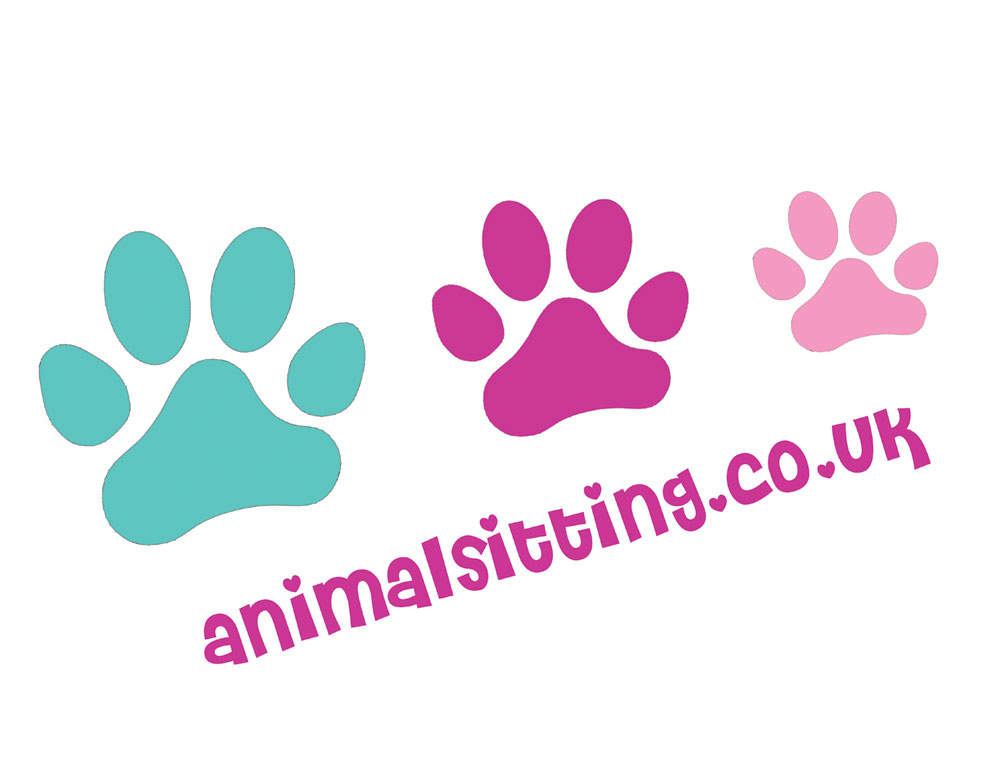Please Share This Article With Your Friends
Did you know that over thirty percent of all dogs in the UK are now considered to be overweight? Apparently the obesity crisis in this country doesn’t stop at humans, we are now making our pets fat too.
A lot of the problems surrounding obesity in pets is that very often, owners aren’t all that sure their dog is overweight until they are taken to the vet, normally for a different condition entirely, despite how they might be linked. Even though your pet doesn’t LOOK that fat, you could be leading them down the road of conditions like problems with their respiratory system, diabetes, arthritis, and on some occasions, problems with their behaviour too.
Regular check-ups with your vet will ensure that you can keep on top of your dogs weight. In fact, before you start on any diet or exercise changes, you should always consult your vet first. You should make sure there aren’t any underlying problems that you may bring up or agitate, plus there could be another medical reason why your pet is starting to pile on the pounds.
As well as following the advice your vet gives you to try and encourage your pooch to lose those pounds, you do need to use some of your own common sense too. What happens when you are a human trying to lose weight? You consume fewer calories and do more exercise, right? Well, that same kind of approach applies to your pups too!
Less Food = Fewer Calories
It’s a basic approach but when you feed your dog less, you’ll be pumping fewer calories into its body; calories that he would later need to work off. Are you feeding him a lot when you are eating? Regularly handing the pampered pooch scraps of your pork chops, pizza, pasta, etc.? You’ll be amazed how many calories are contained within these scraps and if your dog doesn’t get the chance to work them off, it’s going to get a lot fatter, a lot quicker.
Although you definitely don’t want to starve your dog, it might be worth looking at the sizes of the portions you are feeding him. Your vet will be able to give you a good guidelines of exactly how much you should be putting out, and how often too. Sometimes it’s just a matter of cutting back a bit.
There are some really good named-branded diet food for dogs, and most pet stores will have a range of low-calorie and specific diet recipes too. You may even want to consider making the food for your dog yourself. Again, there are some really good websites that can help you with this. Just make sure that you run the ingredient list past your vet first.
Exercise More = Burning Off Calories
Of course, all the dietary changes in the world won’t make that much of a difference if you don’t exercise at the same time. Most dogs, especially bigger dogs, need plenty of exercise in order to remain fit and healthy and if they don’t get what they need, not only will you have a fat dog on your hands but a bored one too, chewing things, breaking things, playing up for what appears to be no reason at all. Have a chat with your vet and then try to increase the play times slowly and gradually. You don’t want to make too many changes at once as this could upset the dog – both within the digestive system and also how he behaves.
For the first week, try adding ten minutes to your regular exercise levels. This could be as simple as taking the pooch out for a longer walk, or letting them run around in the garden more during the day. You may even want to consider getting something that will make this easier such as the iFetch toys we mention in Christmas Presents for Dogs, or the ball-scooper-thrower which will launch the ball much further than you could ever throw it. All of that extra exercise, even if it is running a few more metres for the ball, will help your dog to get rid of those extra fat reserves.
There are a few more tips you could use too. Something that will keep the pet moving and entertained will help when the pup is left along on its own when you’re at work, for example. There are plenty of interactive toys that you could keep your eyes peeled for, or you could think about using our one-2-one dog walking service to walk your dog when you can’t. Why not have a chat with us and see if we can work something out. If it ensures your dog has a healthy, happy life, it’s worth it, right?
Adam & Laura
Please Share This Article With Your Friends

